Middle Tennessee State University will bring some of the brightest mathematical minds from around the nation and world when it hosts the 32nd Cumberland Conference on Combinatorics, Graph Theory and Computing Friday and Saturday, May 13-14, at the Science Building.
The event will bring together internationally known professional researchers, industrial mathematicians and computer scientists with Southeastern collegiate educators and students to discuss the latest advances in these fields of study.
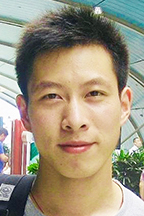
Although you probably haven’t heard the word “combinatorics,” this branch of mathematics affects almost everyone’s lives in some way. Facebook algorithms, GPS networks and even the chemical syntheses of products we use are all interwoven in combinatorics, graph theory and computer science.
“Combinatorics is the study of discreet objects — the things you can count — and also you can study the relationships between those objects,” explained Dong Ye, MTSU mathematics professor and coordinator for the conference.

The purpose of the conference is for experts in these fields to share ideas and how they’ve solved various problems relating to these mathematical theories.
“There are many student participants. The conference provides a platform for these students to share research and learn from leading mathematicians and computer scientists,” said Ye.
The students can also garner guidance in choosing how those theories have real-world applications.
“Students with majors in these areas can go to Facebook, Google and other big tech companies, which have a lot of positions studying the algorithms and optimization problems on networks,” Ye added.

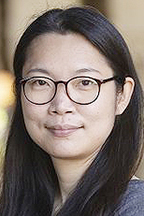
Conference speakers include:
• University of West Bohemia mathematics professor Tomas Kaiser, managing editor of the Journal of Graph Theory.
• New York University’s Jinyoung Park, the 2023 Maryam Mirzakhani New Frontiers recipient.
• University of Waterloo professor Luke Postle, the 2021 Canadian Mathematical Society’s Coxeter-James Prize winner for outstanding contributions to mathematics.
• Massachusetts Institute of Technology associate professor Yufei Zhao, the 2018 Dénes König Prize and 2019 Sloan Research Fellowship recipient.
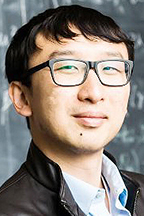
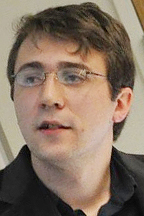
In further explaining combinatorics, Ye said you must think of it as how point A relates to point B, and beyond. These theories are used in real-world applications.
“For instance, if you’re using a point representing each person on Facebook, and two points are connected by a line if the two persons are friends, you have a social network,” explained Ye.
The framework for this network is referred to as a graph. And yes, more often than not, there are six points between each dot, or friend. (Cue “Six Degrees of Separation,” a concept originating in a 1929 short story by Frigyes Karinthy and popularized in a 1990 play by John Guare and a film by the same name, that posits that all humans can be connected by six social connections or less.)
“It’s very surprising to see the mathematical result shows six steps, six connections, enough to connect any two persons together,” Ye said.
Network structures apply to chemistry and how scientists create and study chains of compounded molecules.
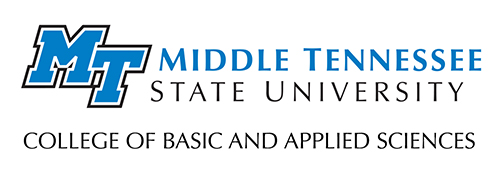
“You can look at atoms in each molecule as a point and the bond between those two points as a line connecting them,” Ye continued. “The two variants roughly tell you the stability of molecules. … When you study these graph structures, you are pretty sure what the structure looks like and how those atoms connect.”
These math theories are used in GPS as well, using cities and roads representing a network.
“You have a traffic network and GPS uses the shortest path algorithm to find an optimal route,” Ye said.
In addition to the main speakers, participants from across the country will be attending, including more than a dozen from MTSU.
Organizing committee members include Ye and fellow MTSU professors Chris Stephens, Xiaoya Zha, Donald Nelson and John C. Saunders, as well as Vanderbilt University professor Mark Ellingham.
To learn more about the conference, visit https://mtsu.edu/cumberland2023.
— Nancy DeGennaro (nancy.degennaro@mtsu.edu)


COMMENTS ARE OFF THIS POST